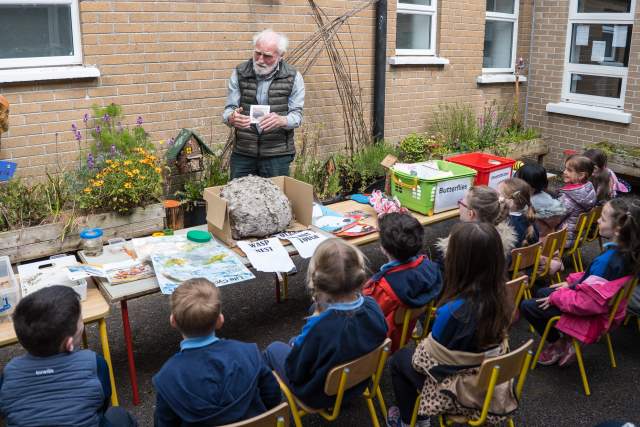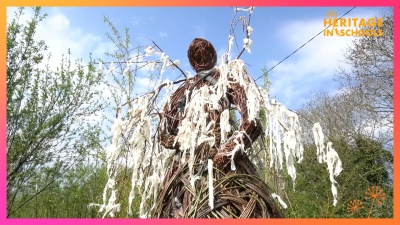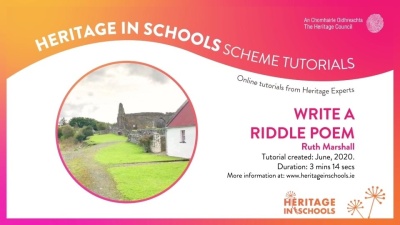Heritage at Play
A series of instruction guides on how to explore our built, natural and cultural heritage through Lego. These instructions were designed by Heritage in Schools Specialist and Lego brick artist Jessica Farrell.
Read moreRead lessBuilt heritage - buildings, monuments and structures
Cultural heritage - customs, music, traditions, crafts and skills
Natural heritage - wildlife and habitats in water and on land

























